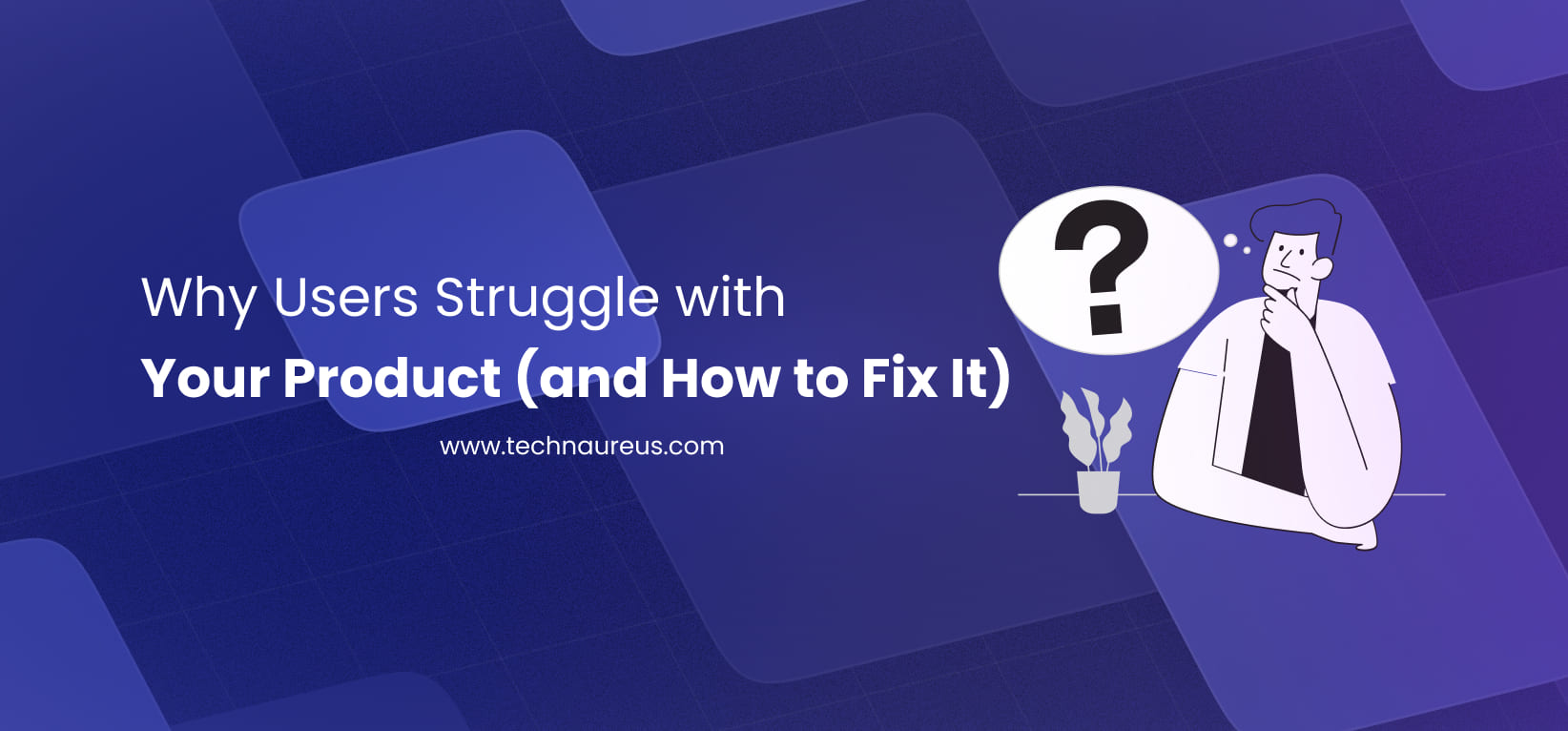Roshin RajMay 15, 2025
As product designers or business owners, we often fall in love with our own ideas — the innovative features, the elegant designs, and the smooth interactions. But no matter how well thought-out or visually appealing a product may seem to us, the real test comes down to how users experience it.
The truth? What users really think often differs from what we assume they think.
In this blog, we'll explore why understanding user perceptions is crucial, how to uncover what users truly feel about your product, and how to use that feedback to make smarter, user-centered design decisions.
Design isn't just about making things look good — it's about making them work well for the people who use them. Users are the ultimate judges of whether a product is usable, intuitive, and helpful. Here's why their thoughts should always be at the center of your design process:
It's not enough to just ask users what they think. You need the right UX research methods to capture honest, useful, and actionable insights.
Here are proven techniques to uncover what your users are really experiencing:
Speak directly with users. Ask open-ended questions, dig into their motivations, and listen without leading.
Watch users interact with your product. Observe hesitation, misclicks, confusion, and moments of delight. Their behavior is more telling than their words.
Use short, focused questions to gather insights at scale. Look for patterns in what users report.
Use tools like Hotjar or FullStory to visualize how users navigate your interface. See where they scroll, click, and abandon tasks.
Complaints and questions from support tickets often highlight friction points in the user experience.
Once you've collected feedback, look for:
Remember, feedback isn't always literal. It's your job as a designer to interpret what users are really trying to communicate.
Most users don't care about the features you're proud of — they care about accomplishing something. They're task-oriented, not tech-obsessed. A button's color, a loading animation, or a dropdown menu means little unless it helps them get something done.
What this means for designers:
Always ask yourself: What is the user trying to achieve here? Then design with that purpose in mind. It's not about the UI looking smart — it's about the UX feeling effortless.
Users rarely read every word on a screen. They skim for keywords, icons, or familiar patterns. If your layout is cluttered or your wording unclear, they'll get lost or frustrated.
Design takeaway:
Use hierarchy, spacing, and plain language to guide the user's eye. Embrace clarity over cleverness. Labels should be obvious, actions should be visible, and content should be easy to digest.
When users interact with your interface, they subconsciously compare it to everything else they've used before. If your app breaks established patterns without a good reason, confusion sets in.
Why this matters:
UX isn't the place to reinvent the wheel unless you really have to. Familiarity reduces cognitive load and increases trust.
User feedback is valuable — but it's not always direct. In interviews or surveys, people may be polite or vague. What they say isn't always what they mean or do.
Solution:
Use usability testing, session recordings, or A/B testing to observe real behavior. Actions reveal more than words.
Users may not remember your app's fancy animations, but they'll remember if it crashed, lost their data, or made them feel stupid. Bad experiences stick.
Design implication:
Focus on error handling, onboarding, and edge cases. Design for the worst scenarios as carefully as you design for the best ones.
Collecting feedback is only the beginning. The real value lies in what you do with it.
Focus on issues that block users from completing core tasks.
Update your designs, test again, and measure improvement.
Let users know their voices were heard — and show the changes you made because of them.
User feedback isn't just about fixing problems — it's also about unlocking potential.
Understanding what users really think is the heartbeat of great UX. It's not just about gathering opinions — it's about being humble enough to listen, curious enough to explore, and committed enough to improve.
So, the next time you're proud of a new feature or layout, pause and ask yourself:
"But what will users really think?"
Because at the end of the day, their experience is what truly defines your success.

0